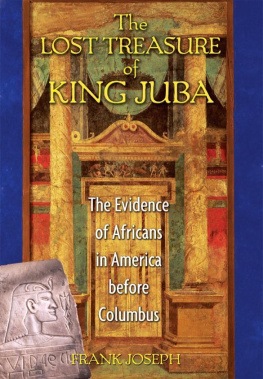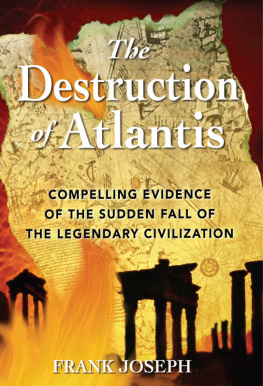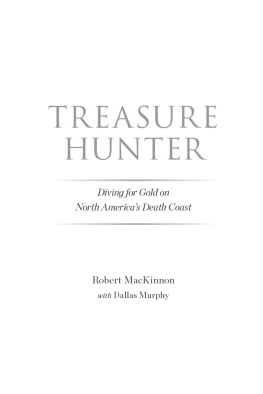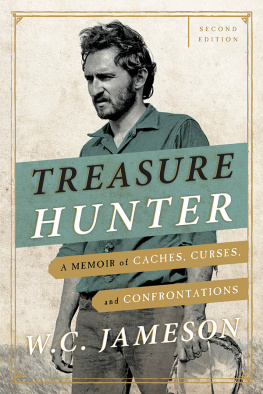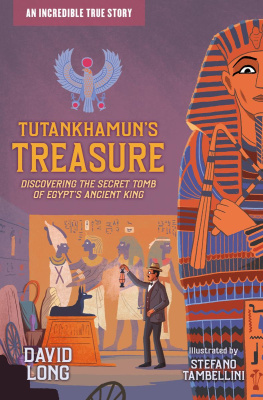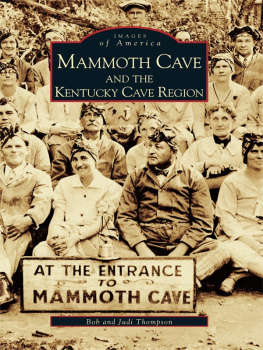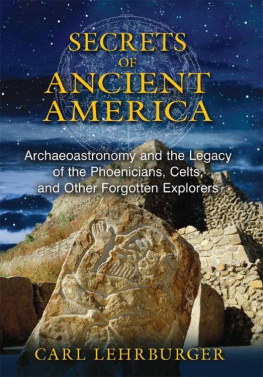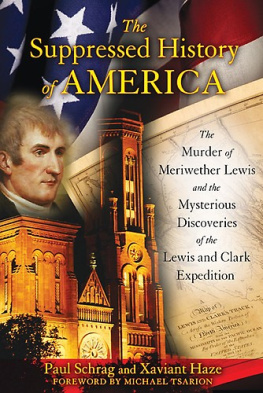Frank Joseph - The Lost Treasure of King Juba: The Evidence of Africans in America before Columbus
Here you can read online Frank Joseph - The Lost Treasure of King Juba: The Evidence of Africans in America before Columbus full text of the book (entire story) in english for free. Download pdf and epub, get meaning, cover and reviews about this ebook. year: 2003, publisher: Bear & Company, genre: Non-fiction. Description of the work, (preface) as well as reviews are available. Best literature library LitArk.com created for fans of good reading and offers a wide selection of genres:
Romance novel
Science fiction
Adventure
Detective
Science
History
Home and family
Prose
Art
Politics
Computer
Non-fiction
Religion
Business
Children
Humor
Choose a favorite category and find really read worthwhile books. Enjoy immersion in the world of imagination, feel the emotions of the characters or learn something new for yourself, make an fascinating discovery.
- Book:The Lost Treasure of King Juba: The Evidence of Africans in America before Columbus
- Author:
- Publisher:Bear & Company
- Genre:
- Year:2003
- Rating:5 / 5
- Favourites:Add to favourites
- Your mark:
The Lost Treasure of King Juba: The Evidence of Africans in America before Columbus: summary, description and annotation
We offer to read an annotation, description, summary or preface (depends on what the author of the book "The Lost Treasure of King Juba: The Evidence of Africans in America before Columbus" wrote himself). If you haven't found the necessary information about the book — write in the comments, we will try to find it.
Includes over 100 photographs of the artifacts discovered.
Re-creates the historic voyage of King Juba and his Mauretanian sailors across the Atlantic to rebuild their society in the New World.
Explains the mystery of the Washitaws, a tribal group of African origin, first encountered by the Lewis and Clark Expedition.
In 1982 Russell E. Burrows, a treasure hunter in southern Illinois, stumbled on a cache of ancient weapons, jewels, and gold sarcophagi in a remote cave. There also were stone tablets inscribed with illustrations of Roman-like soldiers, Jews, early Christians, and West African sailors. These relics fueled a bitter controversy in the archaeological community regarding their authenticity, leading Burrows to destroy the entrance to the cave.
Researching more than 7,000 artifacts removed from the cave before it was sealed, Frank Joseph explains how these objects came to be buried in the middle of the United States. It started with Cleopatra, whose daughter was made queen of the semi-independent realm of Mauretania, present-day Morocco, which she ruled with her husband, King Juba II. Following the execution of their son, Ptolemy, by Emperor Caligula, the Mauretanians rebelled against their Roman overlords and made their way into what is now Ghana. There they constructed a fleet of ships for a transatlantic voyage to a land where they hoped to rebuild their kingdom safe from Roman rule. They took with them a great prize unsuccessfully sought by two Roman emperors: Cleopatras golden treasure and King Jubas encyclopedic library of ancient wisdom.
Fully illustrated with many previously unpublished photographs of artifacts retrieved from the southern Illinois site, The Lost Treasure of King Juba is a compelling story that could force us to rethink the early history of our nation and the possibility that Africans arrived on our continent nearly fifteen centuries before Columbus.
Frank Joseph: author's other books
Who wrote The Lost Treasure of King Juba: The Evidence of Africans in America before Columbus? Find out the surname, the name of the author of the book and a list of all author's works by series.

